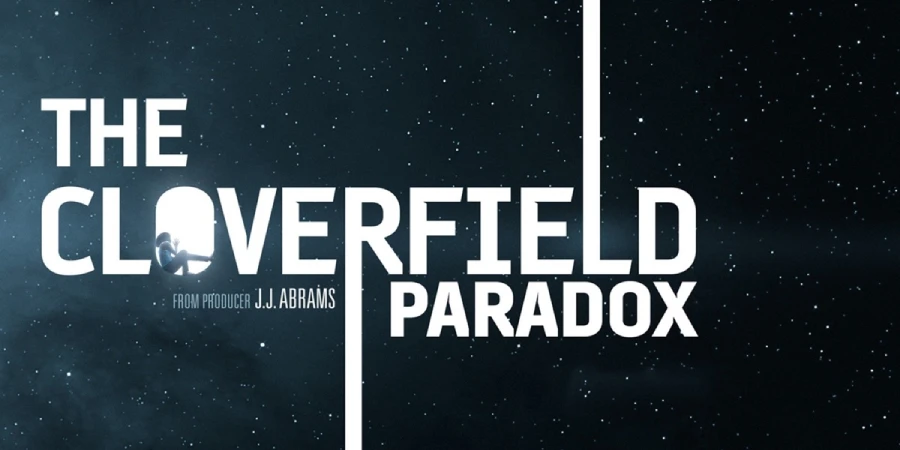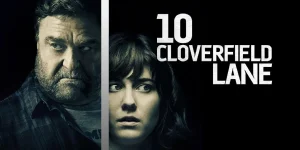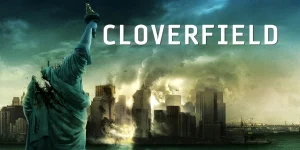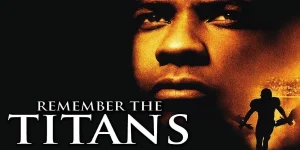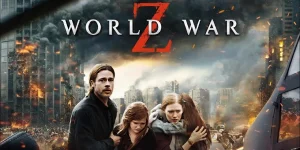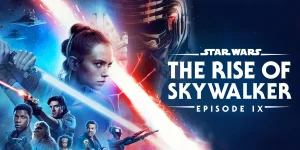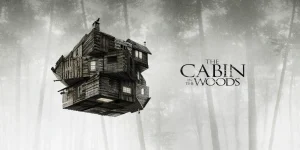The Cloverfield Paradox is a Netflix-exclusive sci-fi thriller that attempts to connect the events of Cloverfield (2008) and 10 Cloverfield Lane (2016) into one larger shared universe. Directed by Julius Onah and produced by J.J. Abrams, it blends science fiction, horror, and interdimensional chaos into a single (and often divisive) narrative.
Table of Contents
ToggleDetailed Summary
The Energy Crisis
The story is set in the near future, where Earth is suffering from a catastrophic energy shortage. Nations are on the brink of war, and humanity’s last hope lies with the Cloverfield Station, an orbiting research facility carrying a massive particle accelerator called the Shepard. The plan is to create infinite clean energy for the entire planet.
The Shepard Malfunction
When the crew activates the Shepard, something goes terribly wrong. Instead of stabilizing Earth’s energy crisis, the accelerator appears to break reality itself, sending the station into another dimension. Suddenly, Earth is gone from their view.
The Strange New Reality
The crew experiences bizarre and horrifying events:
- A woman named Mina Jensen (from another dimension) appears, fused into the ship’s wiring.
- The ship’s systems begin failing in inexplicable ways.
- Crew members die in gruesome accidents, such as one being sucked into a wall of magnetic goo.
- Another is killed when worms explode from inside his body—yes, it’s as nasty as it sounds.
Parallel Universes Collide
The Cloverfield Station is revealed to have jumped into a parallel reality. In this dimension, Jensen is part of the crew instead of Tam (Zhang Ziyi), and their Earth is facing the same energy crisis. Tensions rise as loyalties divide between those who want to return to their Earth and those who feel duty-bound to help this alternate Earth.
Ava’s Dilemma
Central to the story is Ava Hamilton (Gugu Mbatha-Raw). She lost her children in her Earth due to a tragic accident. In this new dimension, her children are still alive. Jensen tries to convince her to stay in this universe, where she can be with them again. This becomes the emotional core of the film: Ava torn between saving humanity or having her family back.
Movie Ending
In the climax, Jensen attempts to sabotage the mission so Ava will remain in her dimension. After a brutal confrontation, Ava kills Jensen. She makes the difficult decision to return to her own Earth, even though her children are gone forever.
The crew manages to repair the Shepard and initiate a return jump. They succeed, reappearing above their Earth. However, there’s a chilling twist: Earth is under attack.
On the ground, Ava’s husband Michael has been dealing with chaos—buildings destroyed, monsters running rampant. In the final moment, he screams into a communicator, telling ground control not to let Ava return because she doesn’t know what’s waiting.
The film ends with the Cloverfield monster—much larger and more terrifying than in the first movie—emerging from the clouds, roaring as Ava and her surviving crewmate descend back to Earth.
Are There Post-Credits Scenes?
No, there are no post-credits scenes in The Cloverfield Paradox. The final shot of the monster roaring serves as the “stinger,” directly tying the events of the film to the original Cloverfield timeline.
Type of Movie
The film is a sci-fi horror thriller with strong elements of space survival and interdimensional mystery.
Cast
- Gugu Mbatha-Raw as Ava Hamilton
- David Oyelowo as Commander Kiel
- Daniel Brühl as Schmidt
- Chris O’Dowd as Mundy
- John Ortiz as Monk Acosta
- Aksel Hennie as Volkov
- Zhang Ziyi as Tam
- Elizabeth Debicki as Mina Jensen
- Roger Davies as Michael Hamilton
Film Music and Composer
The score was composed by Bear McCreary, known for his work on Battlestar Galactica, The Walking Dead, and Godzilla: King of the Monsters. The music combines eerie atmospheric tones with pounding orchestral bursts to heighten suspense.
Filming Locations
The movie was primarily shot at Pinewood Studios in the UK. Most of the sets were built specifically for the space station, which served as a claustrophobic and versatile backdrop for the crew’s descent into paranoia.
Awards and Nominations
The film didn’t receive major award recognition. However, it did gain nominations for its visual effects and sound design in smaller genre-specific award circles.
Behind the Scenes Insights
- Originally, the film wasn’t part of the Cloverfield universe. It was a standalone script called God Particle, later reworked by J.J. Abrams’ team to fit the franchise.
- Netflix released it as a surprise drop right after the 2018 Super Bowl, shocking audiences.
- The cast often filmed with incomplete sets, relying on green screens for much of the space station.
- Elizabeth Debicki joined the cast late in production after rewrites added her character.
Inspirations and References
- The idea of particle accelerators breaking reality is loosely inspired by real-world fears of the Large Hadron Collider.
- Tonally, the film borrows heavily from Alien, Event Horizon, and Sunshine.
- The connection to Cloverfield was inspired by Abrams’ vision of an anthology-style universe of loosely connected stories.
Alternate Endings and Deleted Scenes
While no official alternate ending has been released, reports suggest early drafts of God Particle ended with the crew succeeding in their mission without any tie to the Cloverfield monster. The monster reveal was added during rewrites to connect it to the franchise.
Book Adaptations and Differences
There’s no direct book adaptation. However, it’s based on the God Particle script, which had significant differences, such as a darker tone and no shared universe connection.
Memorable Scenes and Quotes
Key Scenes
- The Shepard’s catastrophic malfunction sending Earth out of view.
- The horrifying moment when Jensen is discovered fused into the ship’s wall.
- Mundy’s comedic death involving his arm being pulled through the station.
- The final descent, ending with the Cloverfield monster reveal.
Iconic Quotes
- Michael (to the government): “Don’t let them come back. Don’t let them come back to this Earth.”
- Jensen (to Ava): “You don’t belong here. You’re not supposed to be in this universe.”
Easter Eggs and Hidden Details
- The Cloverfield monster’s size appears massively increased, hinting at multiple creatures or growth over time.
- A fictional news broadcast on Earth mentions “the Cloverfield Paradox,” explaining how dimensions have collided and monsters can now appear.
- The film subtly references Slusho!, the fictional drink from Abrams’ universe, seen in background props.
Trivia
- Netflix paid around $50 million for the film’s rights.
- It was the first movie ever to premiere directly after a Super Bowl commercial.
- Fans noticed that the events may not line up perfectly with Cloverfield (2008), sparking endless timeline debates.
Why Watch?
If you’re a fan of sci-fi mysteries, claustrophobic space horror, and alternate dimension storytelling, this movie is worth your time. It’s also a crucial piece of the puzzle if you’re exploring the larger Cloverfield mythos.
Director’s Other Movies
- Luce (2019)
- The Girl Is in Trouble (2015)
Recommended Films for Fans
- Cloverfield (2008)
- 10 Cloverfield Lane (2016)
- Event Horizon (1997)
- Sunshine (2007)
- Life (2017)
- Alien (1979)
- Europa Report (2013)

